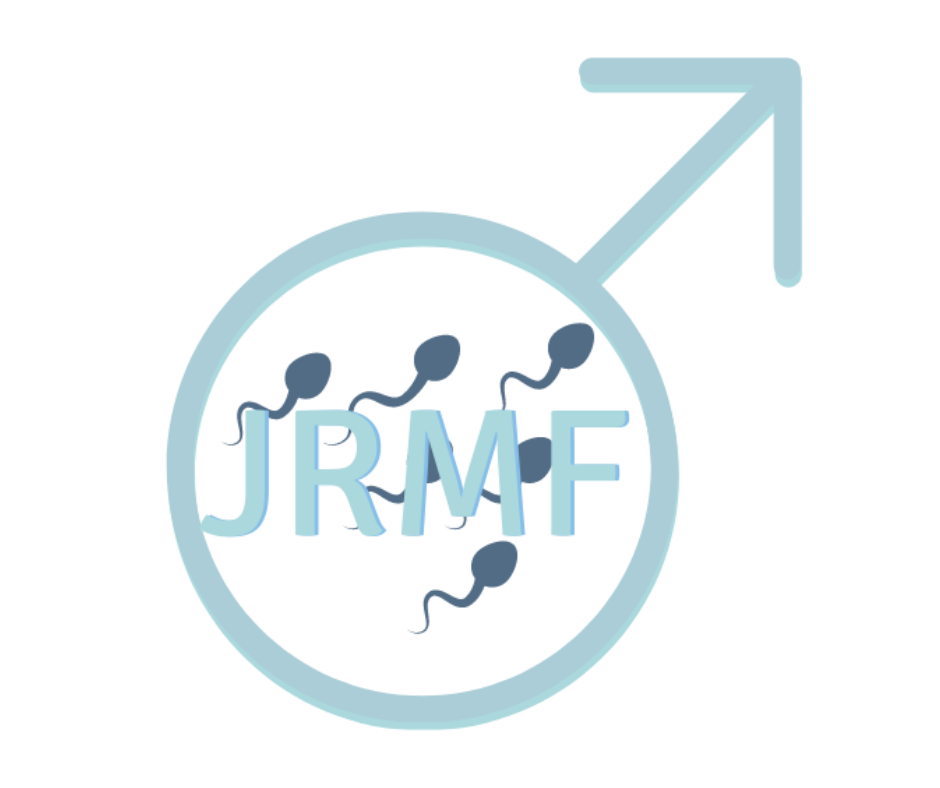What is new in azoospermia; no sperm at all
For any man to hear that there are no sperm in the ejaculate is always devastating news and, what is worse, we in the profession do not handle this very well.
Sometimes, it is due to a blockage or obstruction and, not surprisingly, this is called ‘obstructive azoospermia’. Although still a worry, we can usually find sperm and may be able to relieve or bypass the obstruction by microsurgery.
More difficult to manage, and for the couple to cope with, is ‘nonobstructive azoospermia’ (NOA). In medicine, treatments work better when we know why a condition has occurred, and the problem with nonobstructive (NOA) azoospermia is that usually we do not know the cause and have to resort to looking for sperm in the testicle – a surgical sperm retrieval.
But sadly, it is worse than just not knowing the cause, because we also do not know whether there will be sperm in either of the testicles, even when we do the best we can with the help of an operating microscope. This surgical procedure is called a micro-TESE and, although it sounds very sophisticated, we only find sperm in 50% of cases. This leaves 50% of men – and therefore their partners – bereft of any further options.
So can we do any better and what is on the horizon?
When I see couples with NOA, the first reaction must be to empathise, and then to look at his hormone levels to see if treatment might just improve the outcome. If the FSH hormone is not much raised, and particularly if the testosterone is low, there is a small chance of improvement, particularly if we can add all the known ‘lifestyle’ improvements.
I think that it is important not to rush the process. We must be sure that there really are no sperm in the ejaculate, and three – or maybe even four – analyses may be necessary. A bad lifestyle needs to be addressed, particularly smoking, recreational drugs and the use of steroids, and in the right circumstances a trial of medical therapy might work. But we are often still left with no sperm in the ejaculate and a no better than 50% chance of retrieving sperm.
To try to improve predicting the outcome, we have been looking at a special test trying to identify ‘cell-free DNA’ (cfDNA) in the ejaculate. Currently, this is part of a research project, but it may prove useful in the future.
Currently, my colleagues in America are looking at semen specimens from 900 azoospermic men to see whether the cfDNA test can predict the outcome of a micro-TESE. I hope we will have more news over the next six months, but we are still very much in the realms of research, rather than commercial availability.
So is there anything else that we can do to try to improve the journey for these men, and possibly the overall outcome?
In some cases, especially when the hormones are normal and when there are no signs of obstruction, a testicular mapping procedure can be helpful. Often, these men have a particular form of NOA called maturation arrest, in which immature sperm are being made which cannot escape or emerge from the testicle. Testicular mapping is a non-invasive diagnostic procedure in which 18 microscopic specimens are taken from each testicle – it is not a sperm retrieval – but it tells us whether and where tiny islands of mature sperm production are situated. Then, at a later date, we can explore these areas using the operating microscope on the same day as the female partner has her eggs retrieved. This then is a directed, limited, synchronous micro-TESE.
The next, largely unanswered, question is whether this freshly retrieved sperm performs better than the typically frozen sperm from the standard micro-TESE. I think that it does, but it is only what I think, because it has proved impossible to conduct proper research programmes to ‘prove’ the hypothesis. As with so many questions in the fertility world, proof or evidence is a very elusive quality.
What does the future look like for men with NOA?
Well, first we must try to increase the retrieval rates, which means trying to identify the men who probably have some sperm, rather than operating on all of them. But more importantly, we need to work at being able to diagnose the cause, which probably has a genetic basis. Only by knowing what went wrong during testicular development can we try to treat the condition. Once we know ‘what went wrong’, can we help to reprogram the testicle – or indeed stem cells – to produce some sperm? In conclusion, I think that the answer will come from interrogation of the human genome. ‘It is probably in your genes,’ and I am trying with colleagues to set up a research programme to look at this.
In conclusion, we have to manage couples presenting with azoospermia with great care and sympathy, and try to fit the particular treatment programme to their particular profile. It is not an easy task to manage a 50% possibility of finding sperm, but then we also need to be absolutely honest, because the sperm that we might retrieve may not function as well as sperm that has been ejaculated in the context of ICSI and IVF. Therefore, constant attention to every detail is the watchword.
If any of you are in treatment for azoospermia, please accept my sympathy, and I do hope that whoever is looking after you will be able to deliver a few sperm for further treatment.


